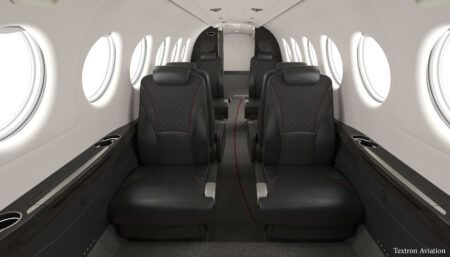Max Pardo, co-founder and managing director of LightBox, reflects on trends in 3D visualization
What visualization technologies are available?
There are several technologies available, providing different visualization solutions for clients. The most commonly used now include traditional still renderings and animations, interactive real-time presentations, and immersive presentations with virtual reality goggles.
Real-time technology is useful because it provides instant visualization of results and changes that you get as you walk through different scenarios. Possible disadvantages could be related to hardware requirements and the inability to obtain realistic and convincing results.
Traditional methods of producing stills or animations entail complex processes and can require a lot of testing to reach the desired result. However, these technologies are often the most popular with clients, who are likely to prefer the traditional approach.
Which technologies are gaining and waning in popularity?
Real-time presentations are gaining in popularity, because they allow you to walk through a very realistic 3D environment. At LightBox, we have developed CBox, a real-time configuration tool for web, mobile and desktop applications. It offers the possibility of implementing a 3D real-time walkthrough, including the ability to change the layout, materials, seats and lighting.
There are plenty of technologies, including virtual reality goggles, that go hand-in-hand with real-time presentations. It is possible that we will be able to see almost any presentation within a virtual immersive environment in the near future.
What are the main challenges you have to face?
One main challenge is staying up-to-date with the latest technologies and dealing with the costs of development and implementation. Other challenges include hardware amortization due to fast changes, and training our staff on the new technologies, as well as dealing with adaptation and resilience to change.
Are consumer trends such as the popularity of social media and smartphones affecting your business?
I believe that they lead to opportunities. Smartphones and tablets allow us to evaluate how to develop products for customers that are already using these types of devices. Our CBox Mobile applications for iOS and Android are good examples of how you can find the way to offer solutions by analyzing customer trends.
How can your visualization tools be tailored for different OEMs/completion centers?
Our business is focused on bringing solutions to customers; with our programming skills we customize the product to our clients’ needs.
We offer customizable tools with the different CBox applications (web, mobile and desktop). For example, we program functionality, look and feel features, as well as configurable elements, according to our clients’ requirements. The end result is a configuration tool with a customized cover page, logos and reports made by the application itself, as well as a unique set of configurations for each aircraft.
How are you making your technology easy to use?
We focus on creating easy navigation and an extremely intuitive user interface. The communication between the user and the software is the key.
How quickly are visualization technologies evolving?
The pace is extremely fast. A couple of years ago, you couldn’t imagine real-time rendering being used in any other field than gaming, with a pretty unrealistic view. In contrast, nowadays you are able to see impressive realistic outputs rendered in real time, within an immersive environment using comfortable and appealing reality goggles.
How do you see visualization technologies evolving?
The new, appealing and more comfortable virtual reality goggles are setting new standards. Most of the virtual reality developers are going to launch their devices commercially in the first quarter of 2016.
We anticipate very fast development for such devices in the next couple of years, with new processors that will speed up rendering, output finer resolutions and generate a frame rate for a smoother navigation.
Our range of products is condensed in a well-defined development road map, where we strive to provide updates and new functionalities released on a regular basis.





